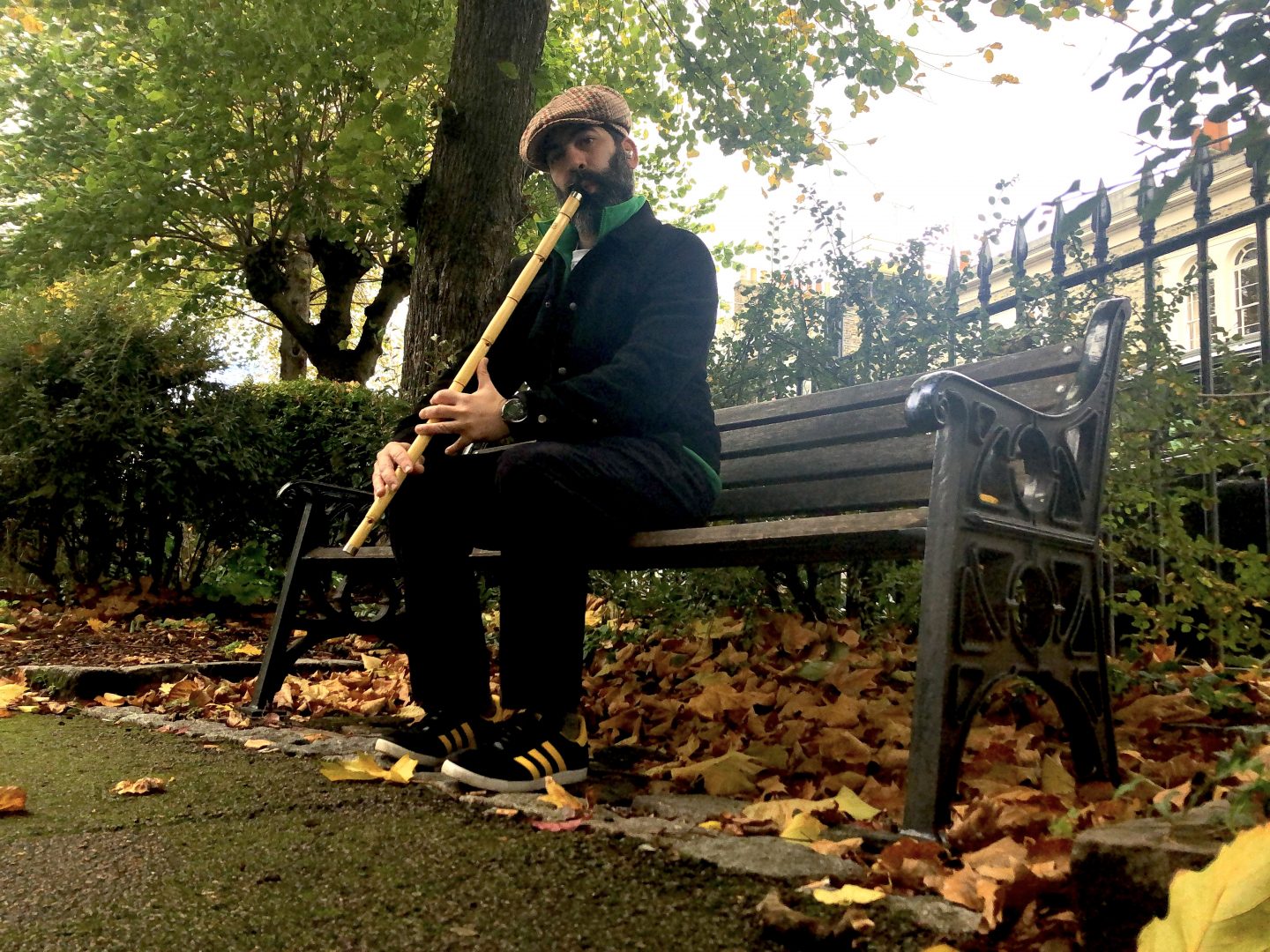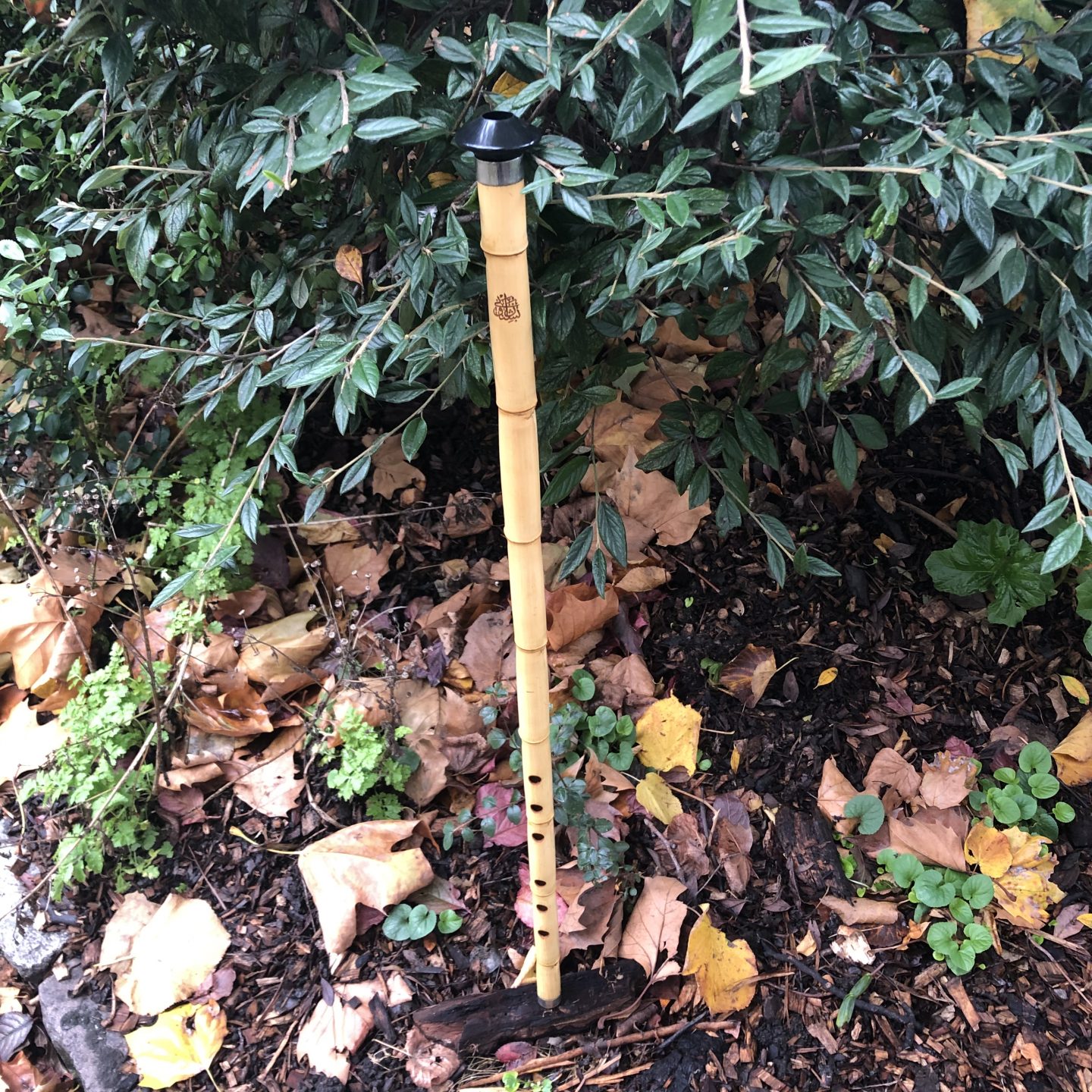Photo: Serdar Paktin
You think because you understand one, you must also understand two, because one and one makes two. But you must also understand and.
Mawlana Jalal ad-Din Rumi
I came across this quote from the Sufi mystic Rumi during a meaning-crisis phase in my senior year at university. Inspiring me to think beyond the visible and to look for what’s invisible in-between, this quote opened my eyes not only to Rumi’s teaching, but to the meaning within relationality.
I had a very action-oriented adolescence and training: I attended a military boarding school, then Turkey’s Air Force Academy. But although my family expected a military career to be a lifelong journey for me, I quit at age 19. The meaning crisis I experienced a few years later was sparked in part by this drastic change; I didn’t know what I really wanted to do with my life. Luckily, during that year-long introspective phase I encountered Rumi.
Rumi’s magnum opus, the massive work of mystical poetry Masnawi (w. 1258–1273), is one of the most influential works of Sufism. It begins with a story told by a ney — that is, the mournful-sounding reed flute. “The Song of the Reed,” as the story is known in English, is a symbolic one: “Listen to the ney, what it says / It tells a story of yearning.” Because it was cut from the reedbed, separated from where it belongs, the ney makes a crying sound whenever it is played. Each of us is like a ney, says Rumi: Soul is blown into the hollow reed of our body whenever we draw a breath, and we yearn to return to where we came from.
Because I was sent away to school at a young age, I could relate to the ney’s yearning. The instrument became an important symbol, to me, of Rumi’s philosophy, which is based on the search for meaning — through relationality — in everyday life. A couple of years later, I was able to acquire a ney of my own, from a neymaster in Istanbul. Although I’ve never learned to play it well, I carry it with me everywhere I live around the world. It’s a gate to my soul.
One last anecdote. Once, when I was traveling through Miami International Airport, TSA officers came across my ney and assumed it was “some kind of weapon.” An extensive search of my possessions and person followed. I tried to explain that it was the gate to my soul, but I don’t think that they understood.

Semioticians’ stories: Josh Glenn on MONKEY WHIMSEY | Malcolm Evans on QUEEN MARY FOB |Lucia Laurent-Neva (England) on TEAL BLUE VOYAGER | Rachel Lawes (England) on DEVIL GREEN | Charles Leech (Canada) on STORMTROOPER WHITE | Ramona Lyons on RABBIT BOX | Matthew De Abaitua on HATCHET | Chris Arning on INKSTONE BROOM | Hamsini Shivakumar on SOUL MOTHER SAREES | Lucia Laurent-Neva on SPONGEBOB BUS | Samuel Grange on SALT & PEPPER HOLDER | Ximena Tobi on VASALISA | Luca Marchetti on TEAPOT | Charles Leech on ORNAMENT | Brian McIntyre on BONE & FLINT NECKLACE | Gabriela Pedranti on MAFALDA DOLL | Sarah Johnson on JOAN OF ARC FIGURINE | Vijay Parthasarathy on BINGO | Aiyana Gunjan on WEDDING DUCKS | Serdar Paktin on NEY | Paulina Goch-Kenawy on VASE | Daria Arkhipova on POKER CHIP | Iván Islas on THERMOS | Sónia Marques on CABBAGE TUREEN | Thierry Mortier on BICYCLE BELL | Louise Jolly on CHALICES | Wei Fen Lee on CURRY PUFF POT | Mariane Cara on MINI WINDSOCK | Malex Salamanques Amiel on MARIA LIONZA | Seema Khanwalkar on THANJAVUR DOLL | Maria Papanthymou on KITCHEN WHISK | Martha Arango on ST. ANTHONY OF PADUA | Max Matus on WOODEN ROBOT | Rasika Batra on PRAYER BEADS | Anastasia Kārkliņa on CHESTNUTS | Maciej Biedziński on HAUNTED SPOON | Shirsha Ganguly on TINTIN FIGURINE | Clio Meurer on GLOW-IN-THE-DARK ROSARY | Enya Autumn Trenholm-Jensen on PINKY RING.
Also see these series: COVID CODES | SEMIO OBJECTS | MAKING SENSE | COLOR CODEX


